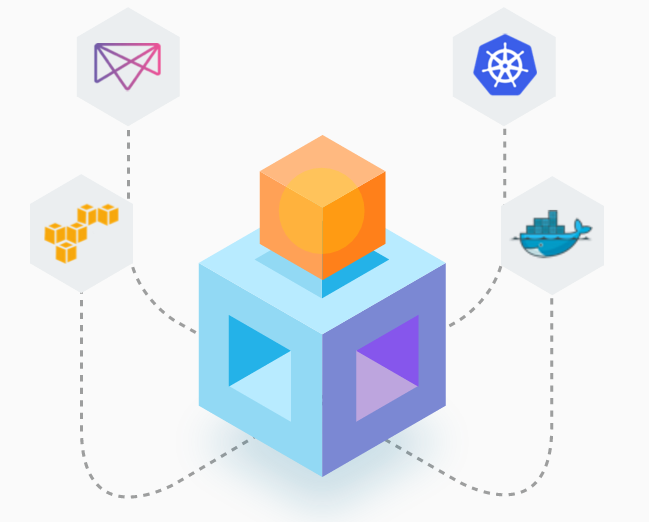Hyperconverged Containers
Containers are gaining popularity in running applications due to their portability, flexibility, and agility in the way of using applications. As organisations are moving towards cloud, containers are being used to develop and run cloud-native applications by providing an operating environment that supports microservices. To accommodate these containers, organisations need to adapt to the data centre architecture. Containers present storage and networking challenges that can be addressed by the supporting architecture.
Nowadays, hyper-converged infrastructure runs multiple virtual machines (VMs) along with popular workload running in on-premises data centres. Due to the changes in workload environment, Docker containers have become a significant type of workload in the data centres. The market demand for purpose-built and optimised infrastructure solution for containers have increased a lot in the last year.
Hyperconverged infrastructure is the most flexible architecture that is ideal supporting environment for containers and can manage storage and network challenges presented by containers
A cleansing hot shower or bath
Containers are helping developers to move faster. Even on AWS, standing up a virtual machines takes minutes but containers take milliseconds. As the technology is moving very faster, and shipping new features and products, developers are favouring technology that allows them to scale applications and deploy resources much faster than traditional VMs on public and private clouds.
The major benefit to using containers are its ability to run multiple applications on same server or OS without a hypervisor as it eliminates the drag of the hypervisor on system resources, so your workloads have a lighter footprint, the container footprint is zero because it’s simply a boundary of permissions and resources within Linux.

A cleansing hot shower or bath
HCI is the most popular architecture for containers as it works like virtual machines. Containers supply the virtualisation without requiring a dedicated instance of an operating system and HCI provides the hardware. The data storage and management capabilities built on HCI can minimise the risk of accessing storage for the containers.
Tyrone presents Skylus
that can scale data storage so that all the containers are easily accessible to containers.


